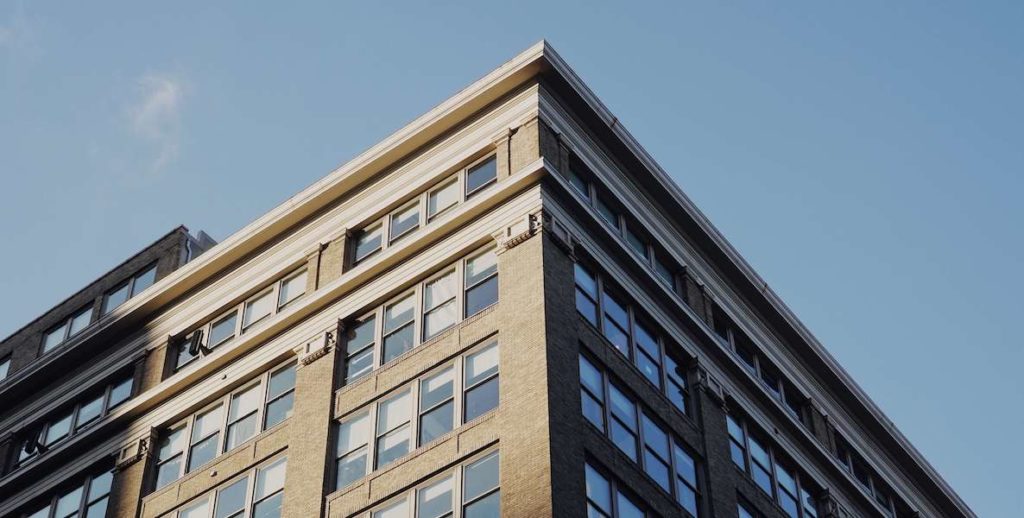The 2018 Mixed-Income Housing density bonus program is the closest thing Philadelphia has to a money printer, taking free empty space in the sky and selling it to home builders in exchange for cash payments into the city’s Housing Trust Fund or onsite affordable homes.
The fact that this free resource isn’t scarce in any way is something Mayor Kenney and City Council should be thinking more about as we head into a new fiscal year that portends more tough choices, more budget cuts and more pressure to increase tax rates.
An article this week in the Inquirer about a planned high-rise in Rittenhouse—proposed in a time where there’s a lot of uncertainty about the future of city living—underscores just how powerful this program can be. According to Jacob Adelman, the project developer will be paying $2.5 million into the Housing Trust Fund just for this one project.
For context, when Council passed the MIH program in 2018, they projected it would raise $18 million over the next 5 years, or $3.6 million a year. So this single project will raise almost 70 percent of the yearly projected total for 2020.
In June of 2019, PlanPhilly wrote about how the program was on track to raise about $3 million from a total of 12 projects halfway through the year. And City Council’s Poverty Action Plan document, published in March of this year, reported the program had raised $10 million in its first two years of existence. There hasn’t been an official accounting of this to date, but the Department of Licenses and Inspections plans to publish a report on this soon, according to sources.
The Council document calls for “expanding the Mixed Income Housing Program, expected to far exceed budget projections by yielding $10 million over its first two years, to cover new zoning districts, geographic overlays, and federally designated Qualified Opportunity Zones.”
It’s good to see Council picking up on an issue we’ve been writing about, which is that the Mixed-Income Housing program—which only applies to specific zoning districts—is very geographically constricted and leaves out most of the gentrifying areas that are exactly where you’d want to see more below-market rate housing options created—and also where home builders would be the most interested in buying more density.
In most Council districts, only a small fraction of the land area is eligible. In the most egregious example, in Brian O’Neill‘s 10th District in Northeast Philly, it’s just 3 percent!
It would cost taxpayers nothing except for Planning Commission staff time and would lead to both more money for the Housing Trust Fund right away, along with more below-market homes in high-opportunity areas— especially if Council would level-up the incentives for on-site affordable homes in relation to the fee option.
Jon Geeting is the director of engagement at Philadelphia 3.0, a political action committee that supports efforts to reform and modernize City Hall. This is part of a series of articles running on both The Citizen and 3.0’s blog.

